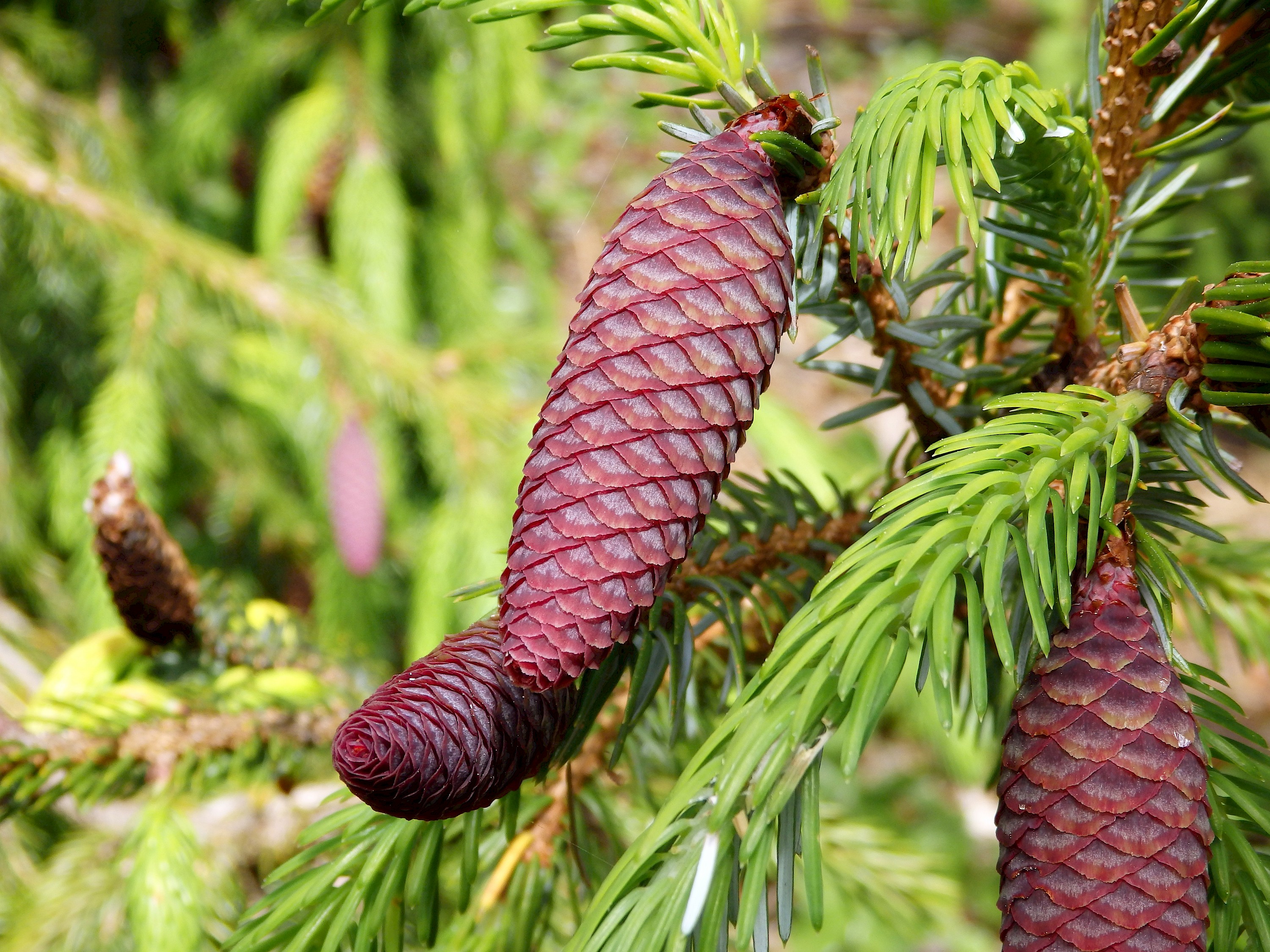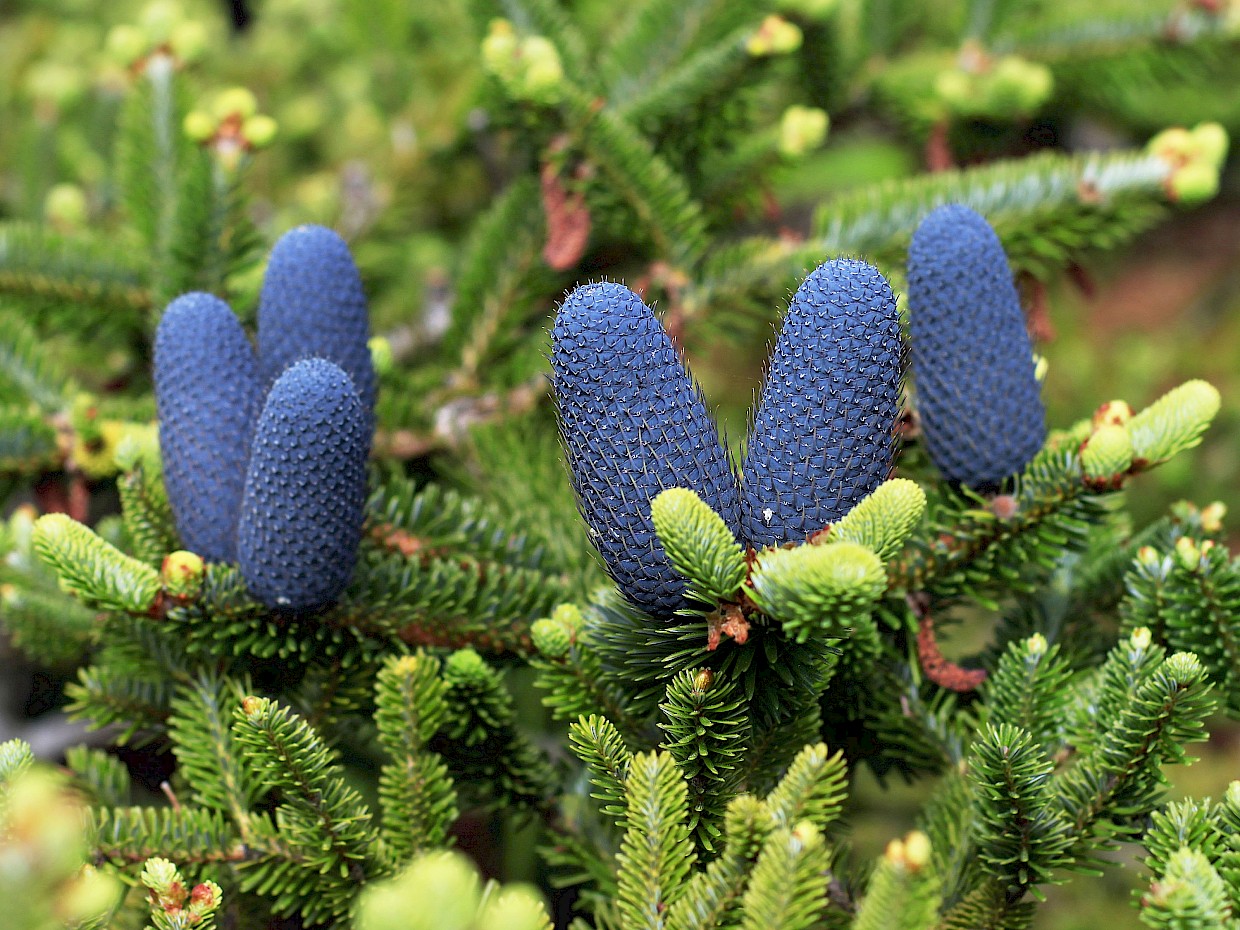Conifer Collection Explained: A Clear Guide to Identification & Care

The Unsung Art and Science of Conifer Collecting: A Masterclass from the Inside
Walk into my workshop in early January, and you’ll hear the crunch of gravel under boots, the low whirr of label printers, and maybe catch an errant pine needle in your coat sleeve. Out back, a patchwork tapestry of emerald, blue-gray, gold, and even ribbon-stripes lines every path—the living possessions I’ve nurtured for a decade-plus. Each has a story. And if you think conifer collecting is just “planting evergreens,” let me pull back the curtain and show you what it really takes to build an enduring collection—one that outsmarts mistakes, sidesteps pitfalls, and showcases beauty all year. Buckle up: this is everything I wish someone had put in one place when I began.

1. Redefining ‘Conifer Collection’: Not Just Trees With Needles
Most guides stop at “variety” or “year-round greenery.” Let’s get real. An outstanding collection is equal parts:
- Living laboratory (for testing climate resilience and growth habits)
- Art exhibit (contrasts! focal points! oddities!)
- Conservation archive
- Personal history book
My own transition from admirer to collector began after a failed Cotoneaster hedge replacement in 2013—a cautionary tale about assuming all conifers are robust survivors. Spoiler: They’re not plug-and-play. Decide now—are you building for color? For scientific value? For rare species protection? Like crafting a museum’s mission statement, your purpose shapes every step ahead.
2. What Every Collector Gets Wrong (At First): The Hidden Fundamentals
Not All Conifers Are Created Equal
Remember those supermarket pines sold as “Christmas trees”? Forget them. There are roughly 630 species worldwide—and probably five cultivars within arm’s reach that would blow your mind with their size/color/form difference.
Dwarfs vs Giants: Chart Your Course
Want container gems like Picea glauca ‘Jean’s Dilly’ (barely brushes your shin) or mammoths like Abies nordmanniana (which will redefine your skyline by age 50)? Most regret I’ve seen comes from ignoring labels where mature height hides in fine print (“grows slowly…to 50 ft!”).
My first love was Chamaecyparis obtusa ‘Nana Gracilis’—labeled at garden center as “great small screen.” Five years later it sprawled over my boxwoods; lesson learned: factor in eventual size and spread, not just height!
Botanical Documentation = Insurance for Tomorrow
A true collection isn’t just plants—it’s accession records, labels, source details (I use laser-etched aluminium tags after losing dozens to UV-faded plastic), soil notes, and yearly progress shots stored digitally. Why? Diagnosing decline or bragging rights (“This was grafted from Iseli in '18!”) both depend on records you keep today.
3. The Actual Step-by-Step: No-Nonsense Blueprint For Beginners
Look up any “conifer how-to”—you’ll find vague talk of choosing plants suited to climate/space/soil/light.
Let’s break down what REALLY works:
Step 1: Clarify Your Driver
Pinpoint core motivations:
- Are you after privacy? There’s no faster regret than planting dense Norway spruce for screening only to battle needle cast four years later.
- Want all-season interest? Alternate golds/blues with winter bark standouts (*Cedrus atlantica ‘Glauca Pendula’ against dwarf golden Chamaecyparis—an unbeatable pair during February grays).
Write it out—the act forces discipline.
Step 2: Audit Your Land Hard
Grab a $25 pH test kit; walk it around morning/evening to map sun patterns; dig a drainage hole (fill with water twice—if it doesn’t drain in less than two hours each round, amend soil or plan on raised beds).
I lost three Swiss Stone Pines in soggy clay before learning this the hard way—the price tag hurts worse than shoveling compost.
Step 3: Research with Laser Focus
Skip generic online info—your best assets are:
- Regional conifer groups (the American Conifer Society forums are goldmines)
- Multiple visits to local botanic gardens with notebook/camera
- Deep-dive into Krüssmann's Manual of Cultivated Conifers for mature stats/cultivar quirks
Cross-reference what inspires you against regional survival rates—no point coveting Himalayan species if winters drop below their minimum tolerance.
Step 4: Acquire Like an Insider
Plant swaps are underrated—I once got an ultra-rare Sciadopitys verticillata seedling at a late-season trade; it's thriving because locally traded stock is already adapted to my zone.

When purchasing online:
- Request recent photos next to ruler/coin.
- Ask about rootstock origin—you’d be surprised how many failures trace back to poorly matched grafts.
Step 5: Map With Foresight
Lay out future giants on grid paper—or use simple GIS tools like Gardenize for digital layouts.
Stake planting sites; pace off final widths using measuring tape + colored flags; view layout from all major sightlines (driveway/porch/window).
Rushed placement leads to future removal headaches—a mistake I corrected only after sawing out three crowding firs four years too late.
Step 6: Site Prep Is Plant Insurance
Hand-mix native soil with compost + sharp sand where needed—my ratio typically runs at ~2 parts topsoil : 1 part compost : half-part horticultural grit for heavy soils.
Test fit each plant before removing it from the pot: roots should circle but not strangle (if so, gently tease apart).
Water meticulously post-planting; mulch thickly but leave trunks clear by ~2”.
4. Common Pitfalls Only Experience Reveals
A definitive guide tells more than what works—it warns about what goes wrong:
| Mistake | Real Example & Correction |
|---|---|
| Underestimating Size | Saw clients lose sunlight when blue spruces doubled estimates; now I recommend adding 20% buffer room over printed dimensions |
| Skimping on Drainage | Even drought-tolerant junipers died during wet spells here until we switched half our beds to raised construction ($180 avg./25ft bed) |
| Early Over-Fertilizing | Witnessed tip burn on $60 Korean fir due to novice fertilizer overload—now it's organic slow-release only until year two |
| Label Fatigue | Sharpie fades shockingly fast—nothing beats aluminum tags + steel wire loops |
5. Advanced Moves & Optimization Tactics
Time separates dabblers from true collectors:
Theme Curation: Develop narratives—a Japanese alpine micro-grove or North American dwarf sweep—and visitors instantly remember (& learn).
Propagation Experiments: Grafting witches’-broom selections onto compatible rootstock led my most bizarre yellow-threaded Chamaecyparis yet—to achieve this at home cost me three failed unions before nailing humidity control under clear domes ($15 DIY chamber).
Digital Trackers: If you steward more than twenty specimens, move beyond notebooks—a simple Excel sheet will do or go pro with BGBase used by big-name arboreta.
IPM Integration: Battle pests without blanket chemicals—our policy uses sticky traps for mites first, horticultural oil as Plan B—not once have I needed systemic insecticides since adopting this practice three seasons ago.
6. Resource Arsenal Worth Every Cent
Tools that survived my toughest trials:
| Tool | Brand/Model & Reason |
|---|---|
| Pruning shears | Felco #2—rebuildable blade saves cost long-term ($60 but last forever) |
| Soil probe | AMS Regular Soil Sampler ($40)—reveals compaction preemptively |
| Label printer | Brother P-touch with laminated tape—not as lasting as metal but vital indoors |
Bookshelf essentials:
- Steffen’s Plant Lover’s Guide To Conifers – brilliant real-world color combos
- Krüssmann’s Manual – less pretty but unmatched as reference
- Dirr & Warren Trees/Shrubs Encyclopedia – updates taxonomy well
Must-follow societies/sites:
- American Conifer Society
- Royal Horticultural Society
- Local Facebook conifer groups—immediate troubleshooting crowdsourcing
Top nurseries:
- Iseli Nursery/US (shipped hundreds without loss)
- Bluebell Arboretum & Nursery / UK
(Always ask about previous season overwintering exposure!)
7. Real-Life Snapshots Across Scales
No two journeys look alike—but here are personal/professional case studies that prove diversity rules:
The Rugged Miniature Garden
In our hillside trial plot (~12x15’), props go entirely to diminutive conifers styled over moss slabs combined with volcanic rock chips—the sensation between hands is cool/gritty even after summer heat waves thanks to porous substrate maintaining even moisture levels longer.

Urban Balcony Champion
One former student turned her fire escape into a “skyline forest” by sourcing wind-resistant Pinus mugo cultivars (‘Valley Cushion,’ ‘Sherwood Compact’) underplanted with creeping Juniperus—all in self-watering containers nabbed secondhand off Craigslist (~$12 each). Survival rate? Over ninety percent through two successive New England winters using bubble wrap+mulch-insulation collars instead of resorting to synthetic anti-desiccants!
Institutional Conservation Plot
In our collaborative project with local university botanists (2020–present), tracking of rare fir genotypes utilizes QR-coded stakes connected directly into BGBase software; quarterly growth/mortality audits tied right into national ex situ conservation lists ensuring genetic backup lines remain available across several sites—not something most private gardeners need today…but increasingly relevant as climate shifts stress regional populations.
8. Troubleshooting Table: Diagnosing What Textbooks Don’t Tell You
| Problem | Likely Cause(s) | Sensory Clue | Solution |
|---|---|---|---|
| Browning Spring Tips | Late frost/fertilizer burn/root disorder | Dry crunch/sulfur odor when snapped | Clip tips cleanly post-frost; flush soil w/water |
| Rapid Decline | Root rot/drought/stem borer | Mushy roots/pale trunk streak | Excavate rootball fast! Replace w/better drainage |
| Funky Color Patterns | Viral/fungal infection OR normal aging | Spotted/purple-black patches | Remove suspect limbs quickly/lab-test if spreading |
| Sudden Needle Drop | Quick freeze OR spider mite eruption | Fine webbing/tiny red dots | Hose down thoroughly/repeat weekly |
Pro tip learned hard last summer: Always test hand-dug soil below declining trees—I found construction debris killing roots beneath what looked like textbook-perfect surface conditions!
9. Your Unmatched Action Roadmap
Here’s exactly how successful collectors operate day-to-day:
1️⃣ State ambitions clearly & evolve vision annually
2️⃣ Run annual site audits after major events/weather shifts
3️⃣ Rotate plantings away from failures promptly (don’t mourn duds!)
4️⃣ Hold biannual “tag parties” updating accessions—gather friends or family
5️⃣ Review digital records monthly during growing season
6️⃣ Share wins/losses through society newsletters or online photo journals
7️⃣ Aim for continuous education—not just reading but hands-in-the-dirt experiments every year
If budget matters, note average starter costs per season based on my ledger:
- Starter plants (~4–8): $120–$400 depending on rarity/site sourcing
- Mulch/topdressing/per bed refresh (~100 sq ft): $35–$70
- Tools/accessories initial investment: ~$150–200
But knowledge gained = priceless when rescuing cherished specimens rather than starting over!
10. Continual Growth Beyond Planting Day
Great collectors never stand still:
Each spring brings new cultivar releases (cough cough, mark calendar for trade shows/members-only nursery previews!). Each autumn means reflection on layout successes plus time-lapse photo reviews versus plans laid out months prior.
How do top-tier hobbyists/conservators sharpen skills?
- Attend deep-dive propagation masterclasses via botanic gardens/university extensions
- Joint field trips dissecting public/private collections side-by-side with experts (you learn more walking nursery rows shoulder-to-shoulder than reading another checklist)
- Volunteer roles handling accession documentation reveal more about population management than theory ever could
Above all else—the most progress happens sharing failures alongside triumphs online/in group meets…
Ultimately—even thirty years in—the next conifer project still starts like day one: anticipation humming in cool shade as shovel bites earth beside another hopeful sapling.
Final Word From The Field
You’re not stewarding just green things—you’re curating living stories stitched together by knowledge gained through research…and scars earned by persistence.
Start your collection knowing this isn't mere landscaping—it’s legacy-building science-meets-art,
and anyone willing to pause longer between plantings always ends up much further ahead.
Ready? Label those pots…your forest begins now—from wherever you stand.
If there are specifics you want dissected further—from seed stratification timings for oddball spruces,
to micropropagation setups scaled down for home office shelves—
just drop me a line below or visit [insert expert community resource].
Here’s rooting for your future grove!



